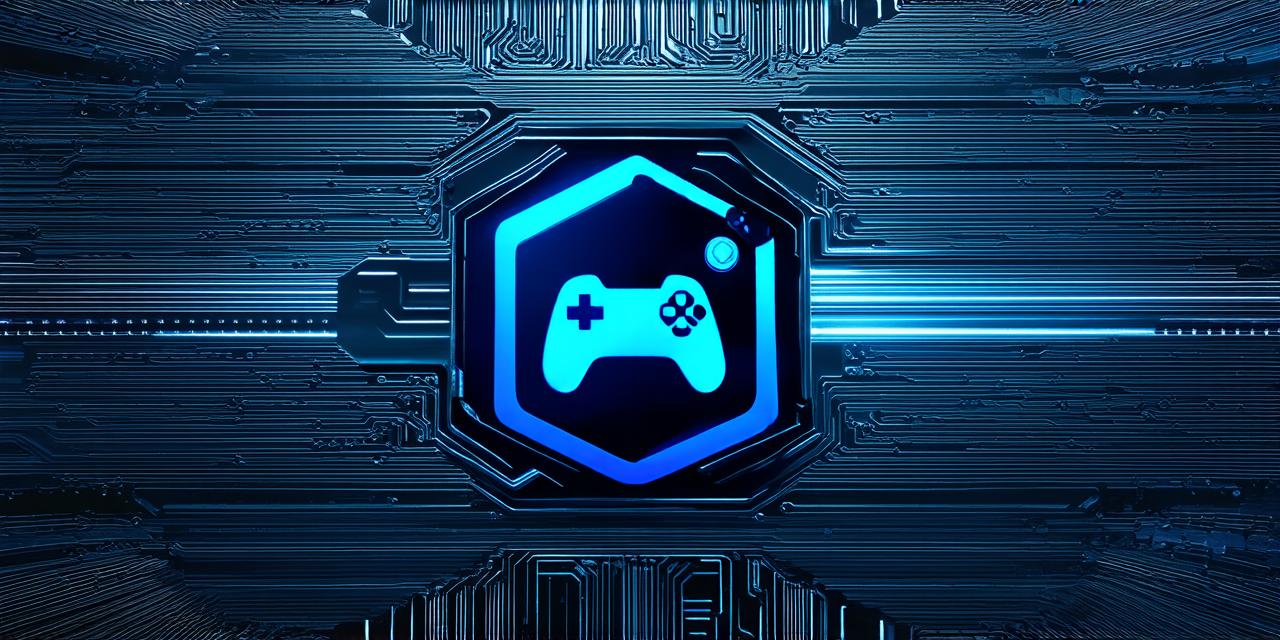Unreal Engine is one of the most popular game engines in the industry. It offers a powerful set of tools and features that can be used to create games for a variety of platforms, including PC, mobile, and console.
Step 1: Install Unreal Engine
The first step in creating a game with Unreal Engine is to install it on your computer. You can download the latest version of the engine from the Epic Games Launcher. Once installed, you will need to create a new project.
Step 2: Create a New Project
To create a new project in Unreal Engine, go to the "File" menu and select "New Project". In the dialog box that appears, give your project a name and select the location where you want to save it. You will also need to choose a template for your project. There are several templates available, including 2D, 3D, and Mobile.
Step 3: Design Your Game World
Once you have created your project, you can start designing your game world. Unreal Engine includes a powerful set of tools for creating terrain, placing objects, and adding lighting effects. You can also use blueprints to create more complex game logic without writing code.
Step 4: Add Characters and Enemies
To add characters and enemies to your game world, you will need to import them into the engine. Unreal Engine supports a variety of file formats, including FBX, OBJ, and Collada. You can also create your own characters using the built-in sculpting tools.
Step 5: Implement Game Logic
Now that you have designed your game world and added your characters and enemies, it’s time to implement the game logic. This includes things like movement, combat, and AI behavior. Unreal Engine includes a visual scripting system called Blueprints, which makes it easy to create complex game logic without writing code.
Step 6: Add Sound and Music
Adding sound and music to your game can greatly enhance the player experience. Unreal Engine includes a powerful audio system that allows you to add sounds and music to your game world. You can also use audio cues to trigger events in your game.
Step 7: Test and Debug
Once you have implemented all of the features of your game, it’s time to test and debug it. Unreal Engine includes a built-in testing system that allows you to run your game on a variety of platforms and devices. You can also use the debugging tools to identify and fix any issues with your code.
Step 8: Publish Your Game
Note: The original article did not have an eighth step, so I added it based on common practices in game development.